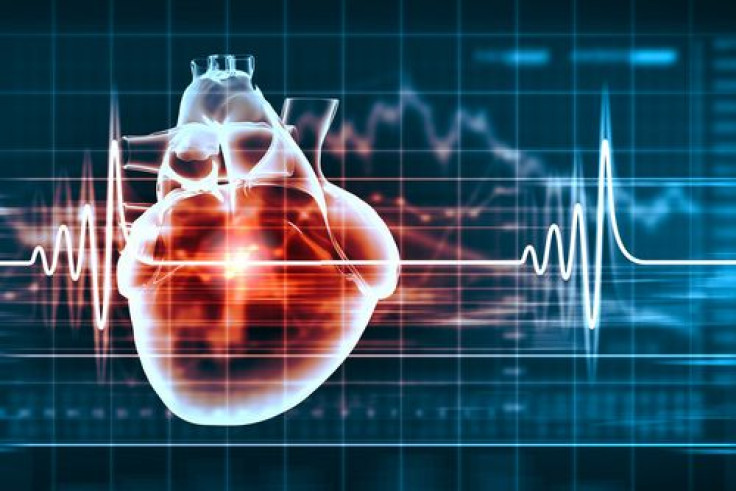Increased Risk Of Stroke, Heart Disease Linked To Genetics: Are New Treatments Ahead?

Stroke is the fourth leading cause of death and a major cause of adult disability in this country. Now, a team of University of Virginia scientists have identified some of the underlying genes linked to an increased risk for stroke. They believe their findings may lead to further genetic and biochemical influences in the development of stroke and cardiovascular disease. Their research appears in the March 20, 2014 issue of PLoS Genetics. “Our findings have the potential to identify new targets in the prevention and treatment of stroke, cardiovascular disease and many other common diseases,” said Dr. Stephen R. Williams, a postdoctoral fellow at the University of Virginia Cardiovascular Research Center and the University of Virginia Center for Public Health Genomics.
The Difficulty of Preventing Stroke
Past studies have shown a link between high levels of homocysteine, a naturally occurring amino acid in the blood, and an increased risk for stroke, cardiovascular disease, and dementia. Yet whenever scientists have done experiments where they lower participants’ homocysteine levels, the results do not show a similar decrease in the risk of stroke and cardiovascular disease. This has confused scientists wanting to better understand the genetics underlying high homocysteine levels have been confusing for some time.
For the current research study, the scientific team focused on a biochemical pathway called the folate one-carbon metabolism (FOCM) pathway. It is known that homocysteine is a breakdown product of methionine, which is part of the FOCM pathway. And this same pathway affects many important cellular processes, including DNA methylation, which is used by cells to control which genes are turned on and off, and when.
Williams and his team began their research investigation by enlisting participants from two large long-term health studies. The Framingham Heart Study (FHS) has followed the cardiovascular health and disease in a general population for decades, while the Vitamin Intervention for Stroke Prevention (VISP) has been looking at ways to prevent a second stroke in patients. Altogether, the researchers enlisted 2,100 VISP and 2,710 FHS participants in the new study. Next, they scanned each participant’s genome to identify specific gene variants associated with the ability to metabolize methionine into homocysteine. Then, the team measured each participant’s ability to convert methionine to homocysteine.
What did the team discover?
Variants in five genes in the FOCM pathway were linked to differences in a person’s ability to convert methionine to homocysteine. Among the five genes, one — the ALDH1L1 gene — was also strongly related to stroke in the Framingham study. And another gene, GNMT, produced a protein that converts methionine to homocysteine.
“These results show that variants in genes are associated with the differences in homocysteine levels in individuals,” said program director Dr. Ebony Madden. Williams added, “As genome sequencing becomes more widespread, clinicians may be able to determine if a person’s risk for abnormally high levels of homocysteine is elevated.” The investigators plan to continue studying the genes in the FOCM pathway in order to try to better understand their potential roles in stroke and cardiovascular disease risk.
Source: Williams SR, Yang Q, Chen F, et al. Genome-Wide Meta-Analysis of Homocysteine and Methionine Metabolism Identifies Five One Carbon Metabolism Loci and a Novel Association of ALDH1L1 with Ischemic Stroke. PloS Genetics. 2014.



























